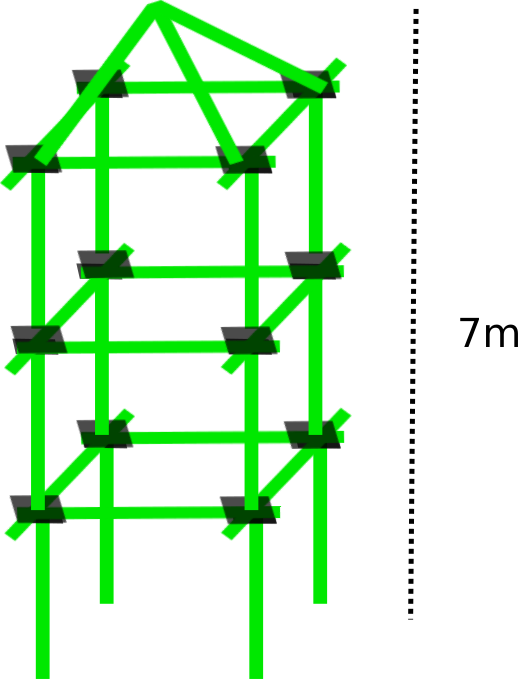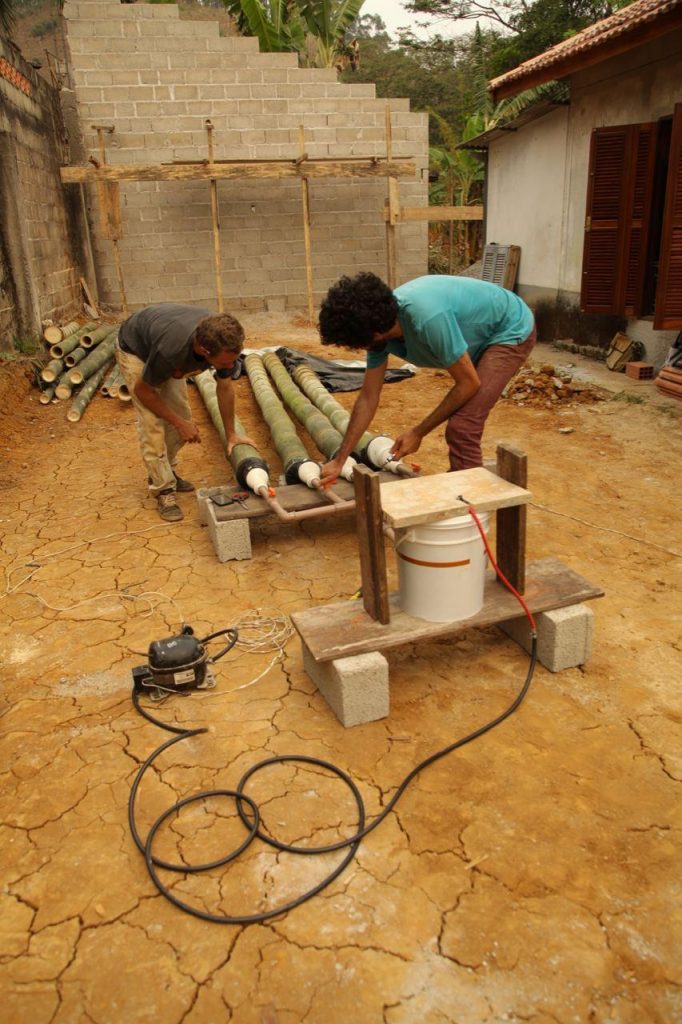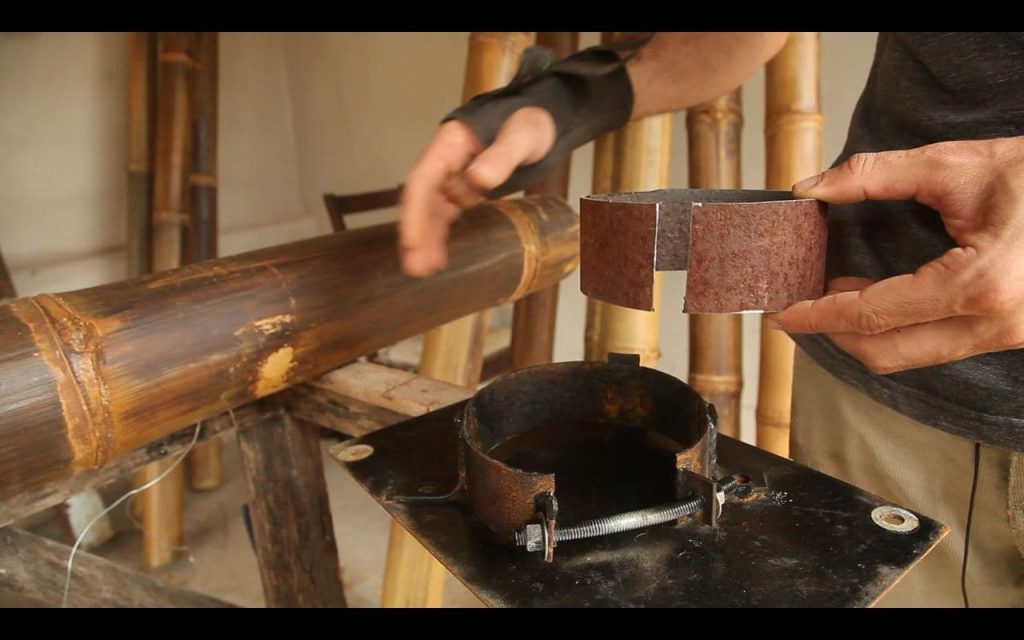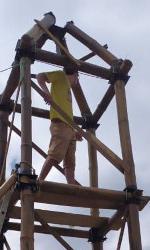Bamboo Tower
Introduction
The bamboo tower project was sponsored by APC to share with the Connect the Unconnected program.
This project was selected for the Internet Forum Film Festival in Stockholm.
Watch the movie
During the Covid-19 pandemic, I proposed through the groups that permeate me like coolab and PSP, prototyping a bamboo tower construction as a specific contribution to a more inclusive and locally developed Community Network infrastructure.
First, I did a lot of research on the subject and the possibility of building a bamboo tower.
Planning
Bamboo needs to undergo a very careful process of drying and treatment against fungi and mites that can damage the structure in the future, but this takes a certain amount of time, which does not correspond to the project’s execution and delivery deadlines.
So I decided on a process that could be corrected in the future if something went wrong during the initial processes. The idea was to assemble a modular structure so that if something went wrong with a part, it could be easily replaced.

Treatment
The treatment chosen for this project was the Modified Bolcherrier. Normally in communities, treatment by burning, covering with diesel oil, or replacing the sap is used. The modified Bolcherrier is very similar to sap replacement, which consists of replacing the sap in freshly cut bamboo with a solution of boric acid and copper sulfide by capillary effect. However, the capillary effect may not be homogeneous, leaving parts of the bamboo untreated, which can be a weak point for the structure in the future. To avoid this, we pumped the solution through the bamboo with a homemade pump built with a reused refrigerator motor.

Junction
The challenge of this prototype would be the connecting pieces between the bamboos. And as there are no such pieces on the market, the idea was to create these pieces with the support of people from the community, taking advantage of local knowledge:

Modular Pieces
As mentioned earlier, one of the most important decisions of the project was the choice of a modular structure. So, before assembly, the pieces were prepared to fit together. Basically, we have three types of pieces: horizontal pieces, vertical pieces, and top pieces.
-
The base pieces are double with junction pieces only at one end:
-
The horizontal pieces do not receive any junction pieces:
-
The vertical pieces have junction pieces at both ends.
-
And the top pieces received a special junction piece, due to the necessary inclination for the pieces to meet at the top of the tower.
Foundation
For the foundation, 4 holes were made at each end of a YxZ square in length.
The holes were filled with a mixture in a sand/cement/stone ratio of x:y:z. And before the cement cured, 5/16 iron bars were placed to structure the first base pieces, which, in this case, were double, because the base is usually the part that receives the most load over time.
Assembly
The assembly started from the double pieces of the 4 corners of the base, these pieces were concreted in the iron waiting left in the structure, with the aid of holes made at the highest level of the last section.
After two days of concrete curing, the first vertical pieces are positioned above the junction pieces at the top of the base pieces and then the other horizontal pieces are placed above to apply pressure and structure the tower up to the top piece.
In the end, it is necessary to place one more type of piece that was not mentioned earlier, which are the diagonal pieces, they serve to lock the structure.
And then the icing on the cake, with a mast that is positioned inside the top junction piece, we can fix the router and spread the signal further and away from life’s barriers.
After this initial effort, LocNet began to include bamboo tower designs in its identification of fundamental technologies, that is, all key elements that contribute to sustainable, autonomous, and community-oriented connectivity and communications.

